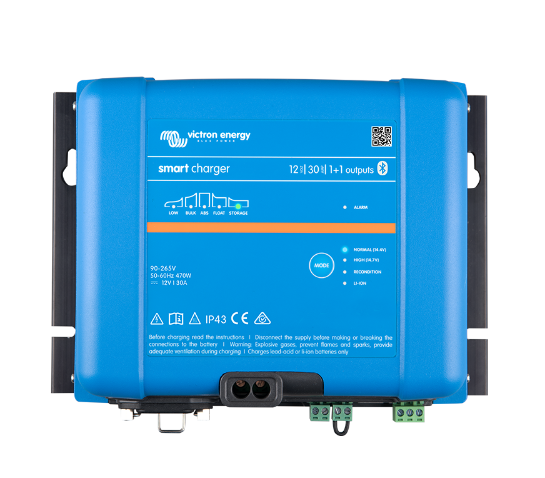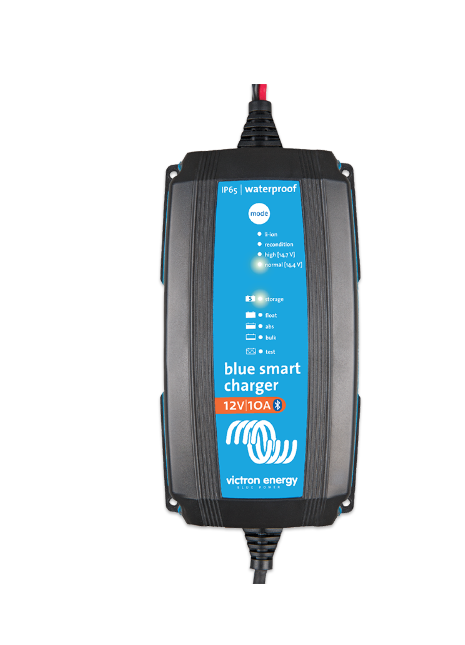Solar lithium battery chargers, also known as solar lithium battery maintainers or solar battery tenders, are devices that use solar panels to convert sunlight into electricity and charge lithium-ion batteries. These chargers are designed to maintain and extend the life of lithium batteries by preventing them from discharging fully or overcharging, which can damage the battery cells. They are commonly used for a variety of applications, including charging small electronic devices, marine batteries, RV batteries, and other portable power sources.


Below is a detailed description of how solar lithium battery chargers work:
- Solar Panel: The heart of a solar lithium battery charger is the solar panel. It is typically made of multiple photovoltaic cells that are responsible for capturing sunlight and converting it into electricity through the photovoltaic effect. Photons from the sunlight knock electrons loose in the semiconductor material of the solar cells, generating a flow of electric current.
- Charge Controller: To prevent overcharging and ensure efficient charging, solar lithium battery chargers include a charge controller (also known as a charge regulator). The charge controller sits between the solar panel and the lithium battery and regulates the flow of electricity. When the battery is not fully charged, the charge controller allows more current to flow into the battery. Once the battery reaches its full capacity, the charge controller cuts off the charging process to prevent overcharging, which could lead to battery damage.
- Lithium-Ion Battery: The charger is designed specifically for lithium-ion batteries. Lithium-ion batteries are widely used due to their high energy density and long lifespan compared to traditional lead-acid batteries. They are commonly found in smartphones, laptops, electric vehicles, and various other portable electronic devices. Solar lithium battery chargers come with connectors compatible with the specific type of lithium battery they are designed to charge.
- DC-to-DC Conversion: The electricity generated by the solar panel is in direct current (DC) form. Since most electronic devices and lithium-ion batteries operate on DC power, no AC-to-DC conversion is necessary. However, the voltage output from the solar panel might not match the voltage required by the lithium battery. In such cases, a DC-to-DC converter within the charge controller adjusts the voltage to match the battery’s needs.
- Sunlight Exposure: To charge the lithium-ion battery, the solar panel needs to be exposed to sunlight. The efficiency of the charger depends on the amount of sunlight received. Therefore, it is essential to place the solar panel in an area with direct sunlight for optimal charging performance.
- Portability and Convenience: Solar lithium battery chargers are often designed to be lightweight, portable, and easy to use. Some models come with built-in stands or mounting options to position the solar panel at the right angle for maximum sunlight exposure. Additionally, they may have indicators or LED lights to display the charging status and battery capacity.
In summary, solar lithium battery chargers harness the power of sunlight through solar panels, which convert sunlight into electricity using photovoltaic cells. The charge controller regulates the flow of electricity to prevent overcharging and optimize charging efficiency. The charger is designed specifically for lithium-ion batteries, and it ensures that the battery is charged safely and maintained properly, extending its lifespan and providing a renewable and environmentally friendly source of power.

